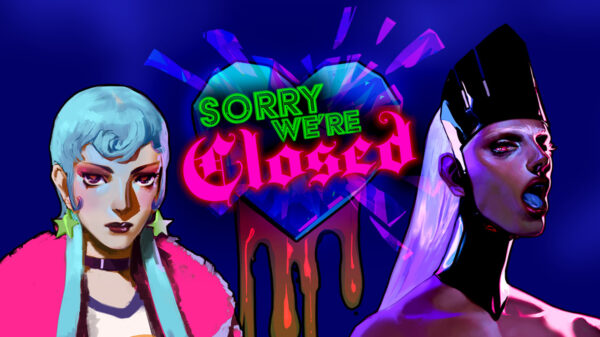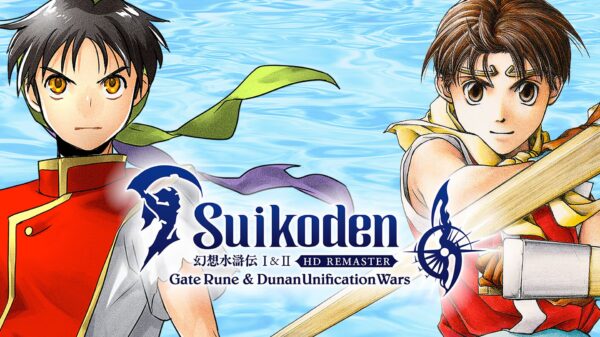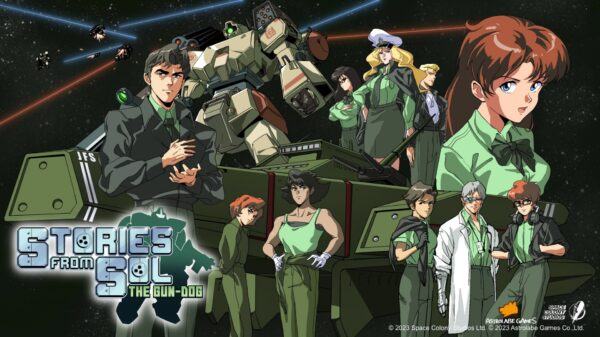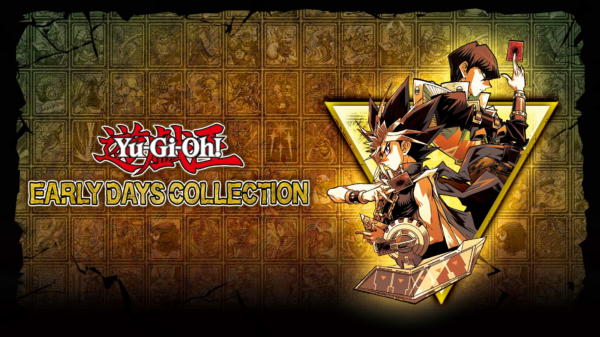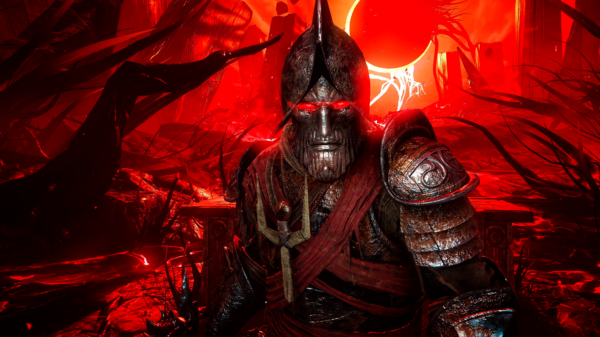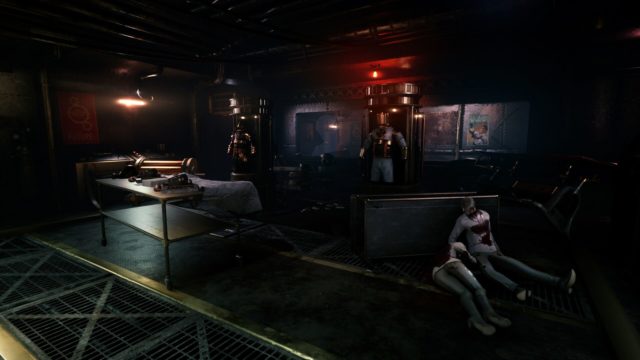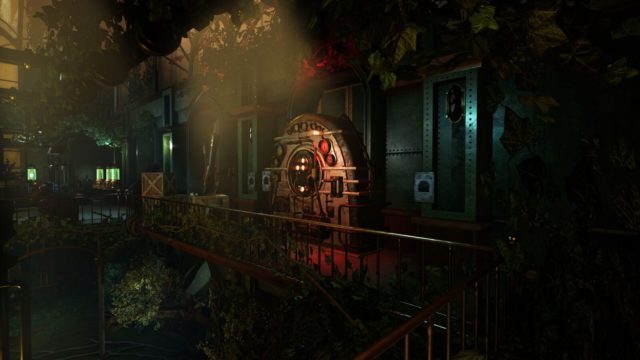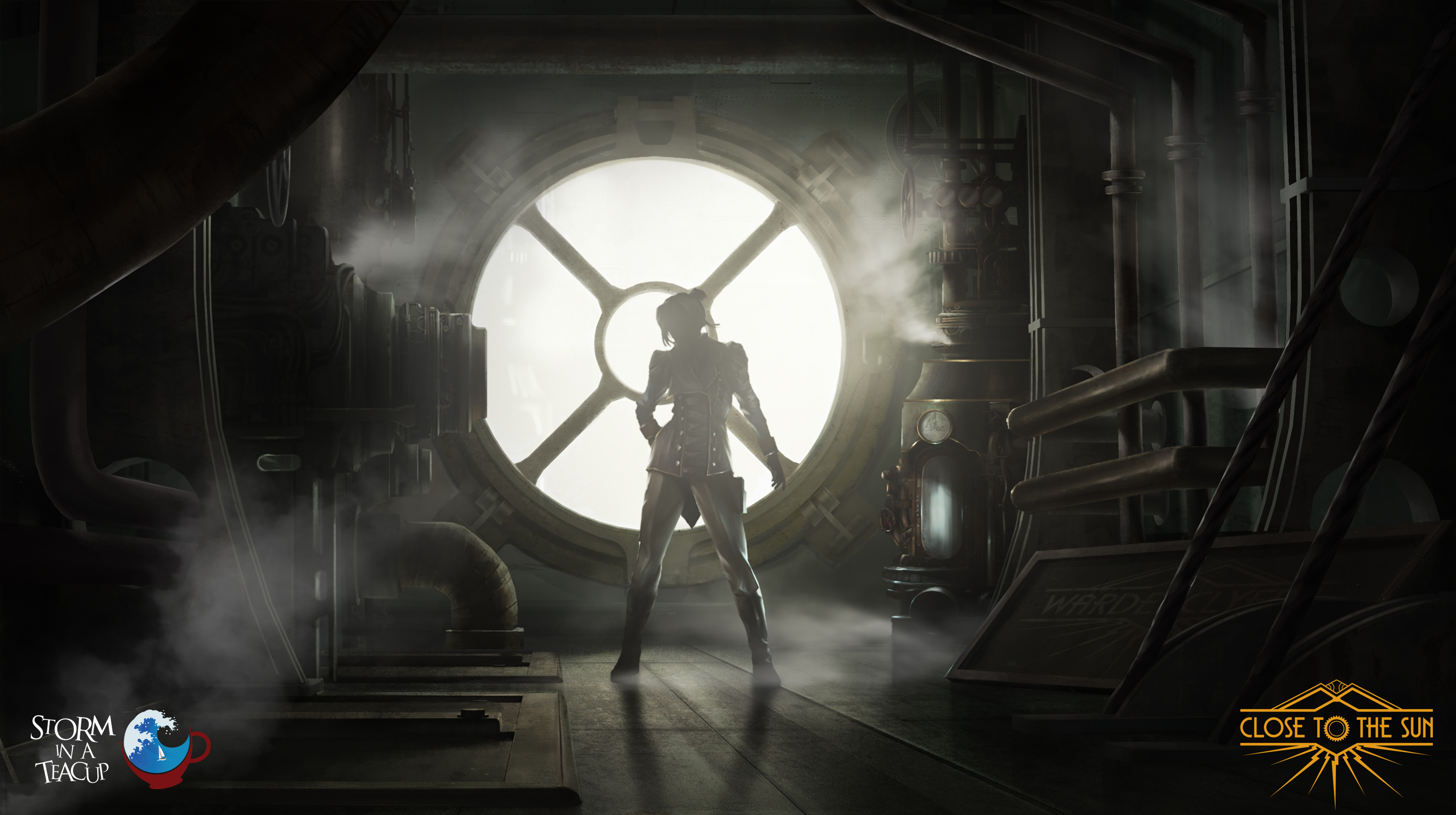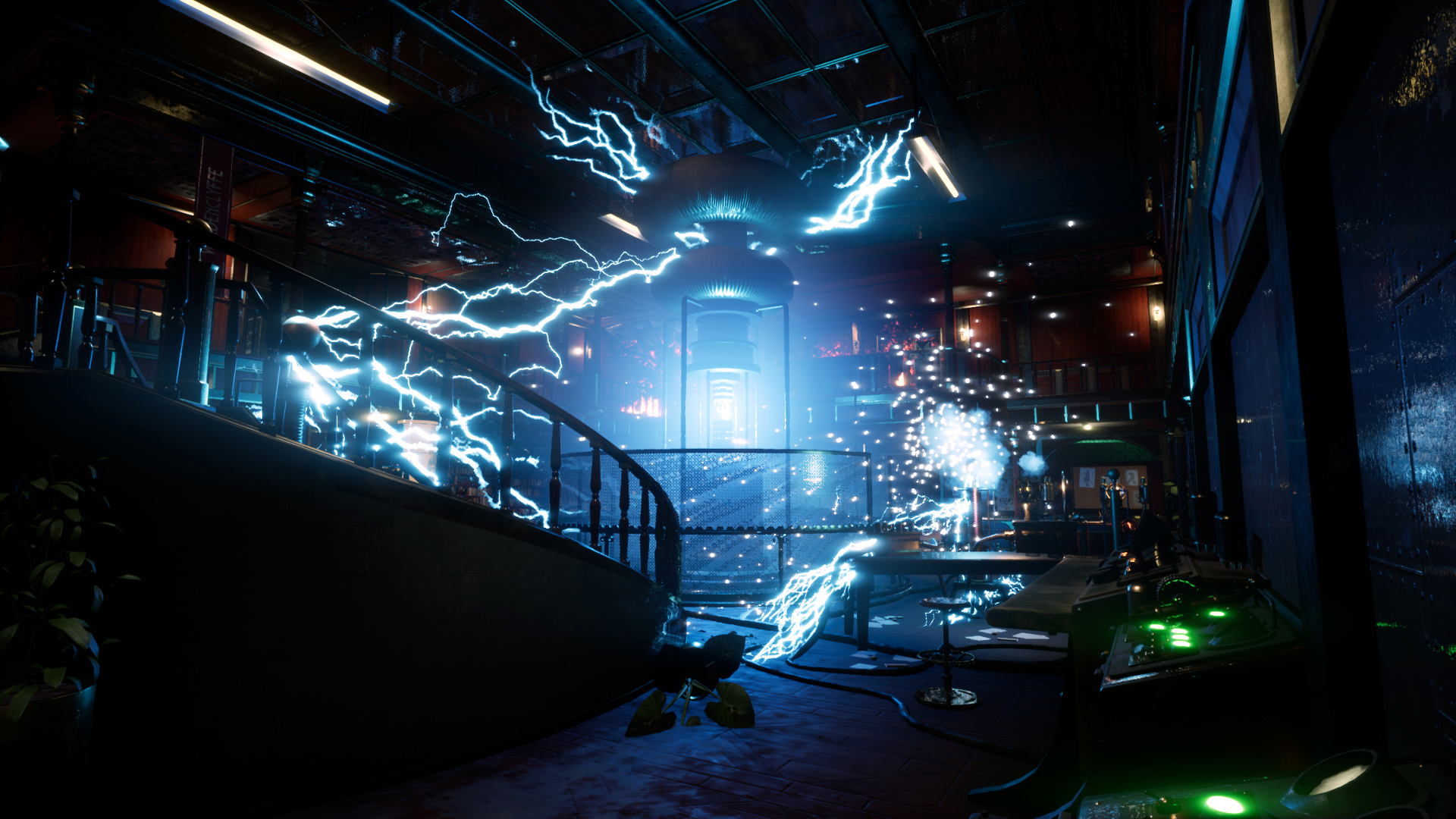What if you took Bioshock and removed all the shooting and action-y bits?
Close to the Sun is going to say it’s not Bioshock, and the team has taken pains to distance themselves from Bioshock, but if you’re setting something in a weird-alt history techno-dystopia with an Art Deco style where terrible things have happened, you’re getting the Bioshock comparisons whether you like it or not.
Close to the Sun
Developer: Studio Storm in a Teacup
Price: $30
Platforms: PS4, XB1, PC (Reviewed)
MonsterVine was provided with a Switch code for review
Close to the Sun would’ve been an adventure game in the 1990s: You spend most of the game wandering around, exploring an environment, looking for clues, and sometimes solving rudimentary puzzles. As a veteran of that genre, games like that rely on two things: the quality of the atmosphere and the quality of the puzzles.
Close to the Sun pulls off the atmosphere pretty well: It sets the stage of an alt-history where nerd hero Tesla builds a big boat full of big brains to solve the world’s problems. Your sister joined them and apparently discovered something, then begged you to come check it out. Once you get there, mild spoiler, everyone’s apparently dead. There are some mild jump scares, but most of the spook comes down to big, dark spaces that have no people in them, ominous atmospheric tracks, and the reconstruction of a terrible thing.
The puzzles, alas, aren’t that great. They’re usually pretty straightforward–a recurring motif is a button with a red light and a green light above it. It doesn’t take long to figure out you should push the button and make the green light light up. Or there’s something locked with a keycode and, by careful exploration of the random debris and journals and papers, you find a four digit sequence that, by God, seems just like a keycode.
Exploration is a big part of the game–wandering around soaking in the dread atmosphere–but is unfortunately very linear. When every corridor but one is blocked off, it’s not hard to figure out where you need to go. Sometimes a puzzle makes it impossible to progress and sometimes the puzzle is a little too subtle, which means bumbling around clicking on random things until you find the button or key code that lets you go forward. It’s a weird tension between not making it too hard to progress…except in this one instance where we’ll make it hard.
As is mandatory with games wanting to be exploration and adventure games, there are occasionally chase and timing puzzles. I don’t know why these continue to be a thing everyone in the genre does. I don’t find clambering over obstacles or sudden quicktime events to be compelling in my slow contemplative games of slowly-unfolding horror, but apparently someone does because we keep doing them.
The story itself is the centerpiece–Helios, Close to the Sun, look it’s not a spoiler to say someone got a little too arrogant and terrible things happened–and is pretty interesting. However, the game never really believes in its environmental storytelling. It wants to unfold in posters and mementos, but like an over enthusiastic friend running a Dungeons and Dragons campaign, it’s so excited it wants to explain everything to you to make sure you really get it.
Mainly, it does this by having the protagonist constantly explain what’s happening by talking or thinking out loud, which makes her sound like a lunatic. Imagine going through life giving a running monologue, “AH YES, WAL-MART, THE STORE WHERE I GO TO BUY MANY THINGS AND LOOK AT WEIRDOS, IS KNOWN FOR DRIVING OUT SMALL BUSINESSES AND OPPRESSIVE LABOR PRACTICES.” Please trust me to understand how these things work, game. Yeah, I got it, evil corporation. The dead people were a clue. Man’s hubris brings him low. You called the boat Helios and the damned game Close to the Sun. I had eighth grade English. I understand symbolism.

The Final Word
Close to the Sun wants to be Big Important Art, but it tries so hard to be Big Important Art that it undercuts itself. As it is, it’s a decent adventure and exploration game with some eye-rolling action sequences and a few good jump scares that are telegraphed almost as much as the protagonist constantly explaining the plot to herself. If I’d fished it out of a bargain bin pile of CDs in 1998, I would’ve been pleased with my purchase. Ironically, for a game about flying too close to the sun, it’s not quite daring enough.

